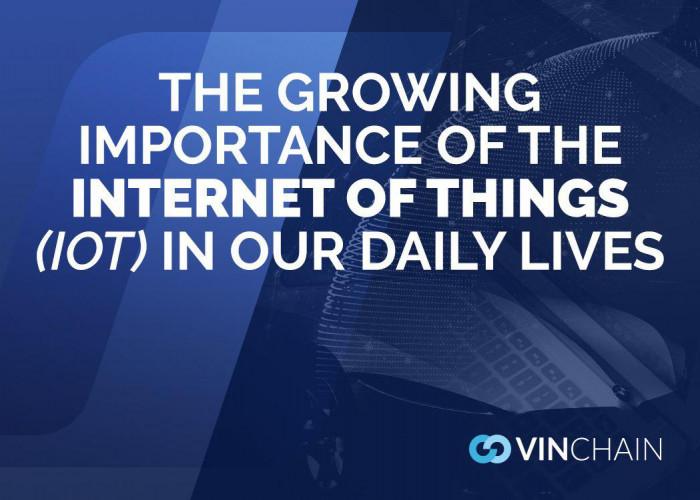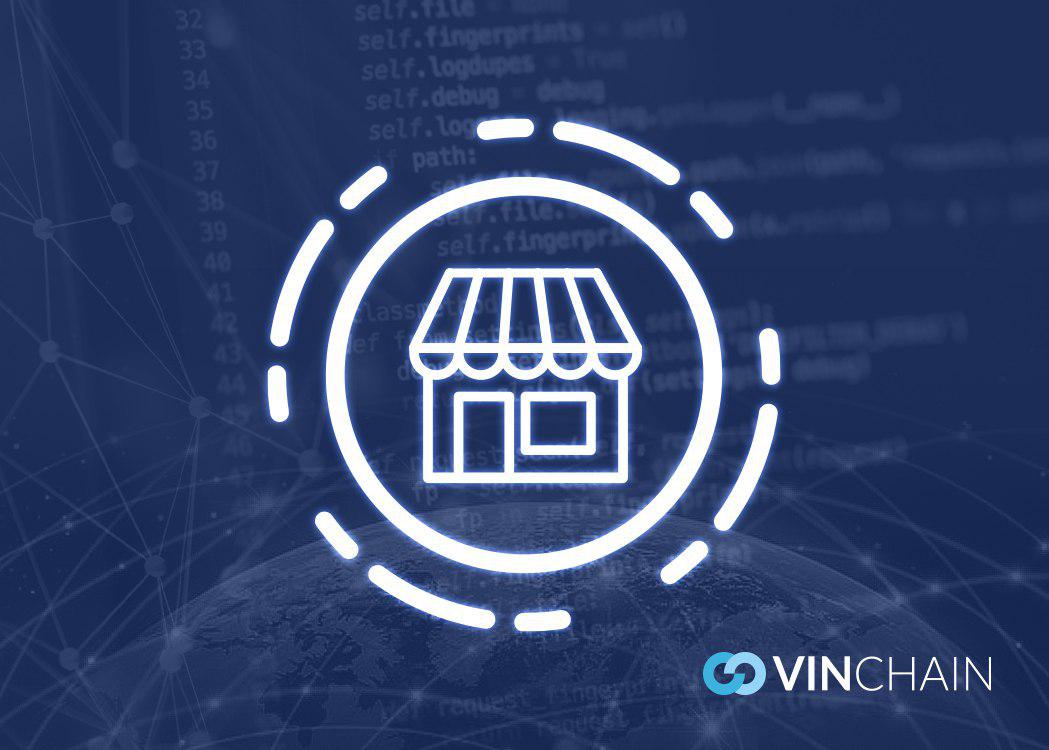The Growing Importance of the Internet of Things (IoT) in Our Daily Lives

The internet of things (IoT) is defined as “the interconnection via the Internet of computing devices embedded in everyday objects, enabling them to send and receive data.”
In plain English? IoT is the ability of various devices, objects, vehicles, homes, and other ‘things’ to communicate with and interact through the internet. Simple.
This opens up a world of possibility for both the ‘thing’ involved and the user, from being able to change the temperature in your house and keeping track of your vehicle’s location through your phone to turning on your favorite song and lighting setup with an audio command. All these benefits have one thing in common, they empower you to have greater control over your life and the things in it with greater convenience.
While no one can say where IoT will expand across our lives, it’s clear that connected objects and smart devices are growing in importance. The average consumer in the western world owns at very least a smartphone and many are looking to purchase smart refrigerators, connected e-readers, smart watches and every other connected device under the sun. How long until the term ‘smart couch’ doesn’t sound like a joke anymore?
Let’s explore some more of the potential and benefits of internet of things together below.
Smartphones
In the developing world of the internet of things, smartphones act as the central connection hub in this network of devices and objects.
With all these devices providing data and the ability to communicate through the internet, there needs to be an interface to actually connect with the devices. The most commonly used solution is to offer a specialized app to communicate with each device, perhaps in the future their will be one app which acts as a hub for all smart devices.
Currently, smartphones can connect to restaurants to order delivery or order and track a taxi, what benefits will the future offer?
Connected cars

One sector which is somewhat behind the times in terms of integration with the IoT is the automotive industry. You can buy a smartphone for a hundred bucks, but one of the largest purchases most people will ever make costs thousands and thousands and often lacks the most basic smart capabilities.
Luckily, this is changing.
A slew of offerings are now available which unlock the potential of your vehicle in ways that will have you saying “why is this not standard in every car?”
Onboard diagnostic (OBD) devices
These devices plug into any vehicle manufactured after 1997 and while you’d expect to get a mechanic involved, they’re surprisingly just a one-step-install which can be performed on your own.
True to form with other IoT devices, these onboard diagnostic (OBD) devices let you communicate and interface directly with your vehicle through your app. These includes features like GPS tracking, driving statistics, crash data and vehicle diagnostics.
Vehicle diagnostics mean one thing-- you won’t have to rely on a vague check engine light as the sole information you can get from your car any more. Anyone who’s ever taken their vehicle into a mechanic to figure out what this confusing indicator means knows what a godsend this is.
Crash data logging is generally triggered by an accelerometer detecting a crash event due to a sudden stop. This allows the device to record accurate crash data and include timestamps, useful for everything from lawsuits to insurance claims.
Some companies are even going as far to offer gamification of driving, rating your driving based on efficiency and smoothness and giving a point total to compete with friends and post on leaderboards. You can finally stop the trash talk and prove who the better driver is.
When it’s time to switch or sell vehicles, simply pop out the device and plug it into your new ride.
Smart vehicles
Some cars and trucks come factory-loaded with smart features from the manufacturer, and this trend is becoming increasingly popular. The benefit of this approach compared to the OBD device is that it is integrated directly with the vehicle natively. The downside is that consumers will be unable to choose the specific model and features of their preferred device, or switch it out to a different vehicle if and when needed.
Home

It seems almost nothing is immune to joining the internet of things revolution, even your home.
From your speakers, to your refrigerator, to your thermometer, to the house itself-- soon every part of your home will enjoy internet connectivity.
The most present connected devices in the media are connected speakers with assistive technology from artificial intelligence. You can issue voice commands to play music, look up information, and a million other benefits competing companies are adding to their offerings every day. Popular examples include Amazon Echo, Google Home, Apple’s Siri-enabled devices and more.
One device that may already be in your own without realizing that it is connected to the internet of things is your television. Because of the soaring popularity of services like Netflix, Hulu, Amazon and others, smart TVs have become the norm in households across the United States and beyond.
Stores
Consumers are certainly already connected, many people check their smartphones and comparison shop to see which items are cheaper online, and where.
Connected cashiers
More and more storefronts and businesses are starting to forego traditional cashiers for automated versions that connect to apps so customers can order take out at restaurants or enjoy painless pickup of products with no wait time.
These connected cashiers allow consumers to accumulate rewards points, keep track of receipts, follow up on warranties and more. Companies like Amazon have even teased the idea of launching a chain of employee-less storefronts which robotically track and register your purchases through the simple act of you putting your desired items in your cart and walking out of the store.
Upside? No more lines. Downside? No more pretending expensive items are bananas.
Smart devices
As components gets smaller and data gets cheaper, there seems to be no device which won’t be connected in the coming years. After all, we love to communicate as humans, whether it’s with our friends and family through a smart watch or with our technology itself.
Watches
With Apple throwing their weight behind the product, smart watches were launched into the stratosphere in the past few years. Looking for a way to read a text without pulling out your phone in a meeting or class, look no more. Want to know the weather or the amount of steps you’ve taken with a glance at the wrist? You’ve come to the right place. These wearable pieces of connected technology ar emblems of the growing trend of smart devices.
The future
Connected humans 
Currently, companies are experimenting with the radical solution of implanting electronic chips into consumer’s bodies in order to create connected humans (we’ll save the smart human moniker for when the solutions are more advanced). These chips are being tested in users wrists in order to swipe like credit cards, but as the technology and public acceptance thereof progresses, they will no doubt provide more utility like tracking, enhanced access to information, or medical assistance.
Imagine a world where seniors who have fallen will have an ambulance automatically dispatched top their location, where need for medical intervention can be detected and medicine released from within the body and doctors can view diagnostic information gathered from directly inside the body like with cars or electronics. Surprisingly-- this world is just on the horizon, in fact researchers have already developed an artificial pancreas which performs many of the functions of its organic counterpart, simply connecting this organ to the IoT will expand human’s ability to communicate with their own body.
Wrapping up
The internet of things has become so commonplace in our lives, the change has been barely noticeable. With the smartphone sector leading the charge, consumers have seen the light on what incredible features and benefits they can expect from their devices, and we certainly won’t expect less as technology increases. Only science fiction can offer an answer to the question of just how far our integration with the IoT will go, but it’s exciting to be along for the ride.










Join the conversation on social media: